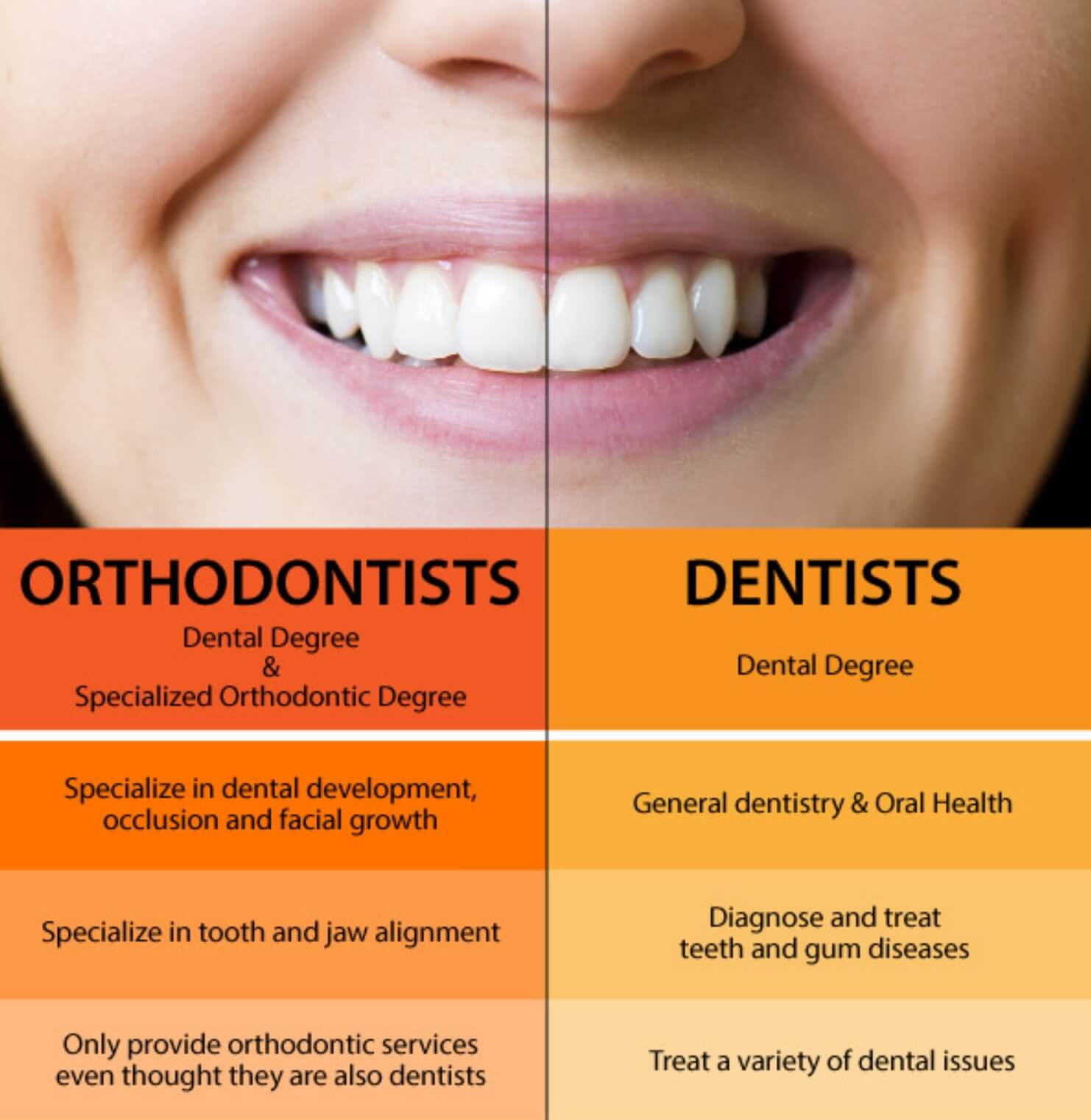Legacy Orthodontics Fundamentals Explained
Legacy Orthodontics Fundamentals Explained
Blog Article
The 5-Minute Rule for Legacy Orthodontics
Table of ContentsExcitement About Legacy OrthodonticsLegacy Orthodontics Can Be Fun For EveryoneLegacy Orthodontics Things To Know Before You BuyLegacy Orthodontics for BeginnersSee This Report on Legacy Orthodontics
In addition, we provide flexible therapy schedules, adaptable payment alternatives and a fun, enjoyable experience.An orthodontist is a dental practitioner educated to identify, stop, and treat teeth and jaw irregularities. They deal with existing conditions and are trained to identify problems that may develop in the future. Orthodontists work with people of all ages, from kids to adults. People usually link a best smile with healthiness.
Malocclusion, or misaligned teeth, can bring about oral problems, including dental cavity, gum tissue illness, and hard or agonizing eating. Not everybody is born with straight teeth. If you have a bad bite or huge spaces in between your teeth, you might desire to seek advice from a dental expert focusing on orthodontic care.
Getting The Legacy Orthodontics To Work
( Image Credit History: DigitalVision/Getty Images) Orthodontists make use of taken care of and removable oral gadgets, like dental braces, retainers, and bands, to transform the placement of teeth in your mouth. Orthodontic treatment is for dental irregularities, consisting of: Crooked teethBite problems, like an overbite or an underbiteCrowded teeth or teeth that are also far apartJaw misalignmentThe objective of orthodontic therapy is to enhance your bite.
While you might think of orthodontists as mainly for children or young adults that need braces, they can fix dental issues at any kind of age. Orthodontists attend university, oral school, and orthodontic institution.
All orthodontists are dental experts, but not all dental professionals are orthodontists. Orthodontic residency programs supply extensive, focused instruction for dental experts. They concentrate on 2 locations: How to effectively and safely move teeth How to properly assist development in the teeth, jaw, and faceOnce an orthodontist has actually completed training, they have the choice to come to be board accredited.
7 Easy Facts About Legacy Orthodontics Described
Malocclusion leads to tooth congestion, an askew jaw, or uneven bite patterns. Malocclusion is normally treated with: Your orthodontist affixes metal, ceramic, or plastic square bonds to your teeth.
If you have just small malocclusion, you might be able to make use of clear braces, called aligners, rather of traditional braces (https://ameblo.jp/legacyortho/entry-12869554383.html). Some people need a headwear to help move teeth right into line with pressure from outside the mouth. After braces or aligners, you'll need to wear a retainer. A retainer is a personalized gadget that maintains your teeth in place.
They're frequently used on kids. They can produce extra room in the mouth without having to pull teeth. If you have a significant underbite or overbite, you may require orthognathic surgical visit the site treatment (likewise called orthodontic surgery) to lengthen or reduce your jaw. Orthodontists utilize wires, medical screws, or plates to support your jaw bone.
You might need to see an orthodontist if you have: Crowding or not enough room for every one of your teethOverbite, when your top teeth come by your base teethUnderbite, when your bottom teeth are also much forwardSpacing or concerns with gapsCrossbite, which is when your upper teeth fit behind your bottom teeth when your mouth is closedOpen bite or a vertical void between your front base and upper teethMisplaced midline, when the center of your bottom and top teeth don't line up Fixing a dental malocclusion can: Make biting, eating, and speaking easierImprove the proportion of our face and your total appearanceEase pain from temporomandibular joint disordersSeparate your teeth and make them simpler to clean up, aiding protect against dental caries or tooth cavities It's usually a dental expert that first notices misaligned teeth throughout a routine exam.
Legacy Orthodontics for Beginners

During your first orthodontic examination, you'll likely have: A dental examPhotos taken of your face and smileDental X-raysPanoramic (360 level) X-rays of your face and headImpressions to develop molds of your teethThese tests will certainly help your orthodontist know exactly how to proceed with your treatment. invisalign. An orthodontist is a dentist that's had training to treat your teeth and jaw
Orthodontists may carry out surgery, exams,X-rays,and even more to assist you obtain a much more comfy, much healthier smile. An orthodontist is concentrated on your bite, so something like a cracked tooth would certainly be managed by a dentist. Orthodontists are dentists but not all dental experts are orthodontists. Orthodontists are concentrated on your bite, or the way your teeth fit together, and the straightness of your teeth.
Ever before asked yourself how celebrities constantly appear to have completely lined up teeth? The response commonly exists in the proficient hands of an orthodontist. Yet what exactly does an orthodontist do? Orthodontists are dental specialists that concentrate on fixing irregularities in the teeth and jaws. Their experience surpasses simply developing a gorgeous smile; it reaches improving your total oral wellness and feature.
Legacy Orthodontics Fundamentals Explained

While dental braces are the most frequently identified orthodontic treatment, orthodontists have a diverse toolkit at their disposal. The certain technique picked depends upon the seriousness of the instance, the client's age, and individual preferences. These reliable dental braces use a system of braces bonded to the teeth and linked by cords.
Clear aligners, like Invisalign, are a popular option for patients looking for a more very discreet therapy choice. These detachable trays are customized to progressively shift the teeth's placement. Headwear might be utilized in combination with braces or aligners to apply extra targeted forces, specifically for dealing with jaw discrepancies. In situations of narrow jaws, palatal expanders can be utilized to create space for correct tooth positioning.
Report this page